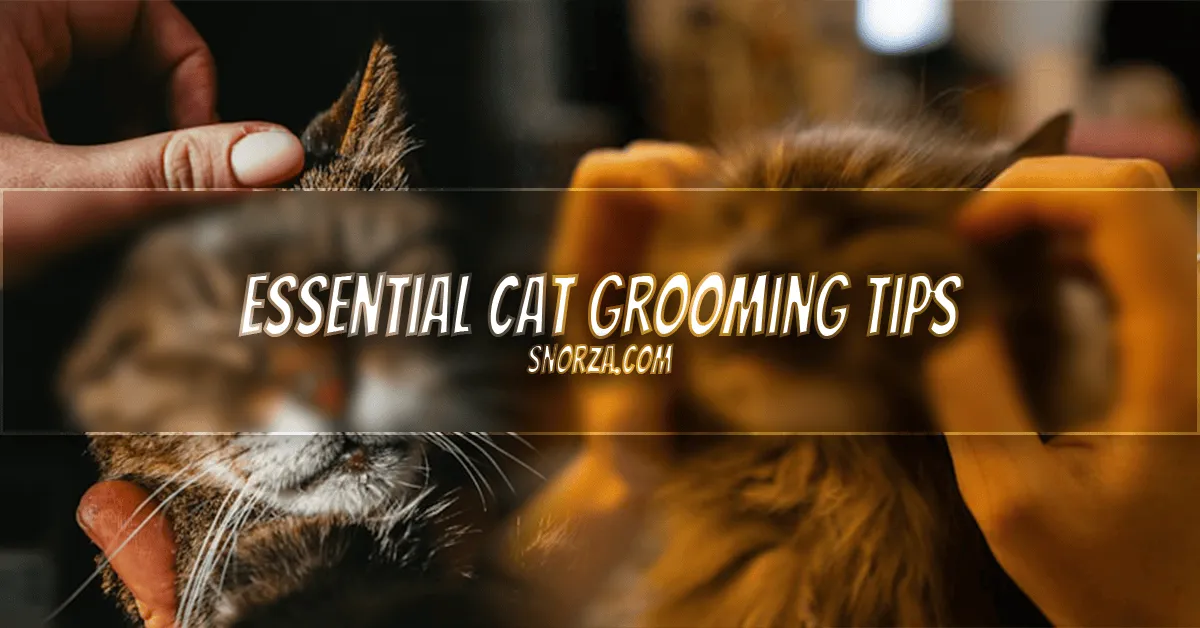Regular grooming is essential for your cat’s health, not just their appearance. It helps prevent matting, reduces shedding, and strengthens your bond. In this guide, we’ll share 10 expert cat grooming tips to help you improve your at-home grooming routine.
Table of Contents
10 Cat Grooming Tips Every Pet Parent Should Know
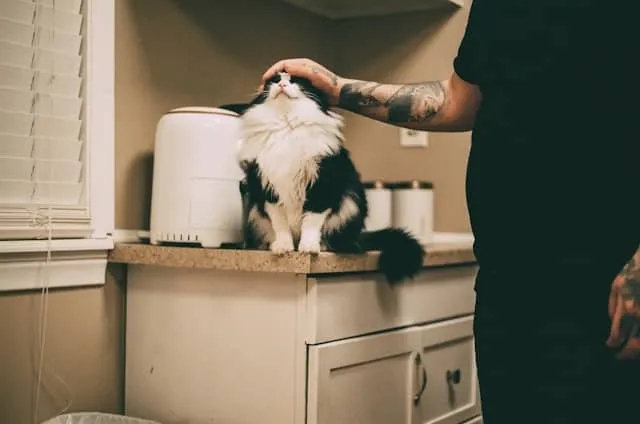
Grooming your cat doesn’t have to be a battle. With the right approach, it can be a bonding experience that supports your cat’s health and happiness. Here are 10 essential grooming tips every cat owner should keep in mind:
1. Know Your Cat’s Coat Type
Short-haired and long-haired cats have different grooming needs. Long-haired breeds may need daily brushing, while short-haired cats can usually be groomed weekly.
2. Use the Right Grooming Tools
Invest in high-quality grooming tools suited to your cat’s coat like slicker brushes for long-haired cats or rubber grooming gloves for short-haired ones.
3. Start Slow and Make It Routine
Begin grooming sessions gradually, especially with kittens or anxious cats. Keep sessions short at first and build a consistent routine to help your cat feel comfortable.
4. Check for Tangles and Mats
Gently detangle small knots with a comb or dematting tool. Never cut mats with scissors, as it’s easy to accidentally nick the skin.
5. Only Bathe When Necessary
Most cats rarely need baths unless they’re especially dirty or dealing with a skin condition. Always use cat-safe shampoo and warm water.
6. Trim Nails Regularly
Untrimmed nails can curl into paw pads or cause damage during play. Trim every 2-4 weeks, and use a proper cat nail clipper never human clippers.
7. Clean Ears and Eyes Gently
Use a soft, damp cotton pad to wipe away debris from the ears and corners of the eyes. Avoid using Q-tips or harsh cleaners unless advised by your vet.
8. Watch for Fleas and Skin Issues
During grooming, check for fleas, ticks, flaky skin, scabs, or bald spots. These can indicate allergies, parasites, or underlying health problems.
9. Keep Grooming Sessions Positive
Reward your cat with treats or playtime after each session. This reinforces good behavior and makes grooming less stressful over time.
10. Know When to Get Professional Help
If your cat has severe mats, becomes aggressive during grooming, or has special needs, it’s okay to call in a professional groomer or your vet for assistance.
Why Regular Cat Grooming Is More Than Just Vanity
Grooming isn’t just about keeping your cat looking cute it plays a crucial role in their overall health and well-being. While cats do groom themselves, they often miss hard-to-reach areas, especially as they age or if they have long hair.
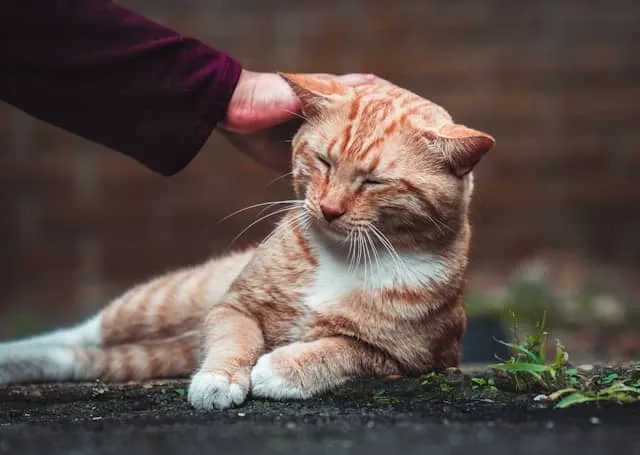
Health Benefits of Grooming
Grooming your cat regularly goes beyond keeping them tidy it directly supports their health in several important ways:
- Prevents Matting: Brushing removes tangles and loose fur, reducing the risk of painful mats that can cause skin irritation or infection.
- Reduces Hairballs: Regular grooming cuts down on the amount of loose hair your cat swallows while self-grooming, leading to fewer hairballs.
- Promotes Healthy Skin and Coat: Grooming distributes natural oils throughout your cat’s fur, keeping their skin moisturized and coat shiny.
- Improves Circulation: Brushing stimulates blood flow, which can contribute to overall skin and coat health.
- Supports Joint Health in Older Cats: Elderly or overweight cats often struggle to groom themselves your help prevents hygiene issues that can affect their mobility and comfort.
Emotional and Behavioral Improvements
Grooming isn’t just a physical necessity it also nurtures your cat’s emotional well-being and strengthens your relationship.
- Encourages Positive Touch Tolerance: Handling your cat during grooming gets them used to being touched on sensitive areas like paws, ears, and belly making vet visits and future grooming easier.
- Builds Trust and Strengthens Bonding: Gentle, consistent grooming sessions create positive associations and help build trust between you and your cat, especially if they’re naturally shy or anxious.
- Reduces Stress and Anxiety: Many cats find the rhythmic motion of brushing calming. It can ease nervousness, especially during routine changes or after stressful events.
- Promotes Routine and Predictability: Cats thrive on routine. Regular grooming sessions provide a comforting ritual that can help reduce behavioral issues like overgrooming or aggression.
Early Detection of Issues
One of the biggest benefits of routine grooming is the chance to spot health problems early often before your cat shows any symptoms.
- Behavioral Clues: If your cat flinches, growls, or avoids being touched in certain areas, it may signal pain or discomfort needing veterinary attention.
- Skin Problems: While brushing, you may notice dandruff, redness, rashes, or unusual lumps that could indicate allergies, infections, or tumors.
- Fleas and Parasites: Grooming is the perfect time to check for fleas, ticks, or flea dirt especially around the neck, tail, and belly.
- Wounds or Irritations: Cuts, scratches, or bald patches may go unnoticed under a thick coat. Early discovery can prevent infections or worsening conditions.
- Dental or Ear Issues: While grooming, it’s easier to check your cat’s ears for discharge or odor and peek at their teeth and gums for signs of dental disease.
Common mistakes in grooming that should be avoided
Grooming your cat can be straightforward, but some common mistakes can cause discomfort or even harm. Knowing what to avoid helps keep your cat safe and happy.
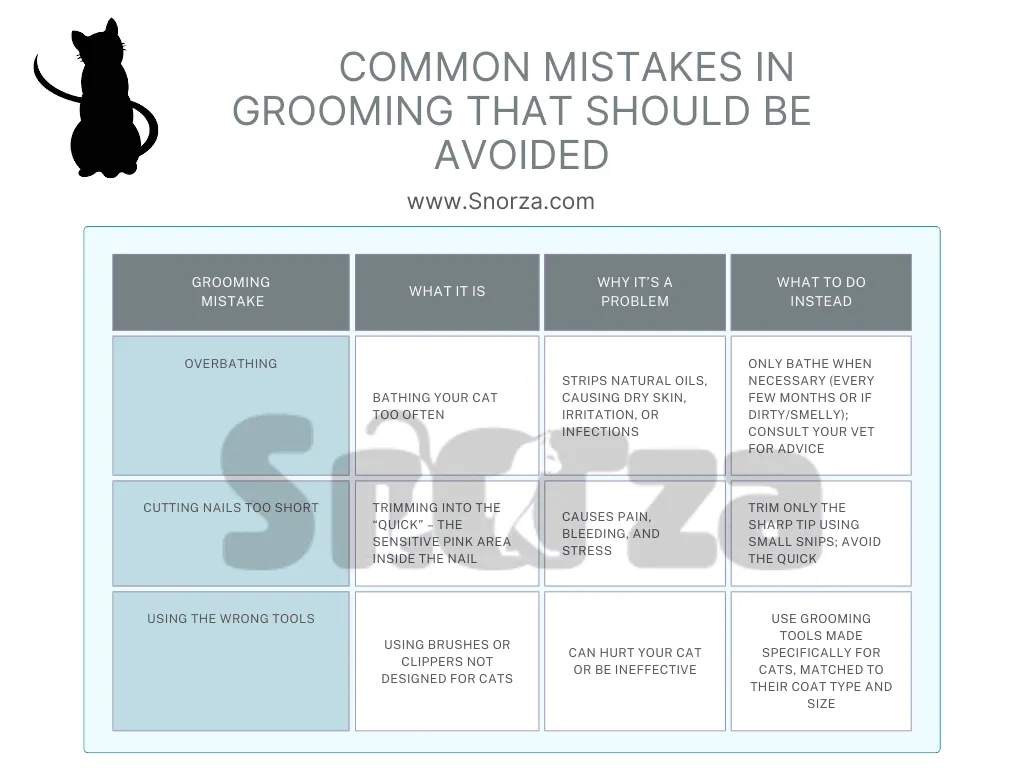
Avoid common grooming mistakes such as using the wrong brush, brushing too roughly, bathing too often, or using human shampoo. Don’t ignore mats, trim nails carefully, and never force long stressful sessions keep grooming gentle and positive for your cat’s comfort.
Overbathing and Skin Issues
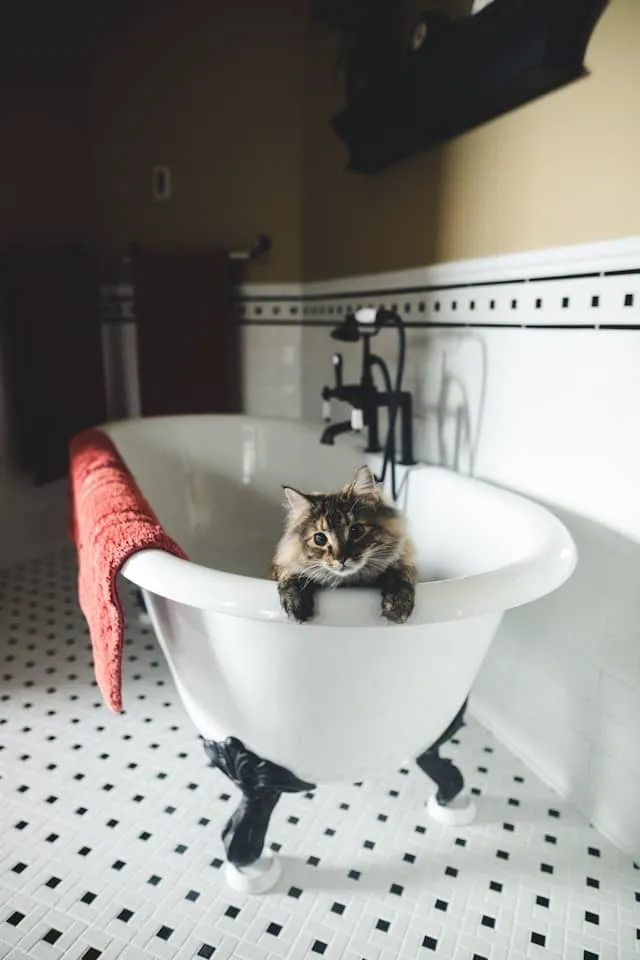
Cats are naturally good at keeping themselves clean, so frequent baths can strip their skin of natural oils, leading to dryness, irritation, or even infections. Unless your cat gets into something particularly dirty or smelly, stick to bathing only when necessary usually every few months or as advised by your vet.
Cutting Nails Too Short
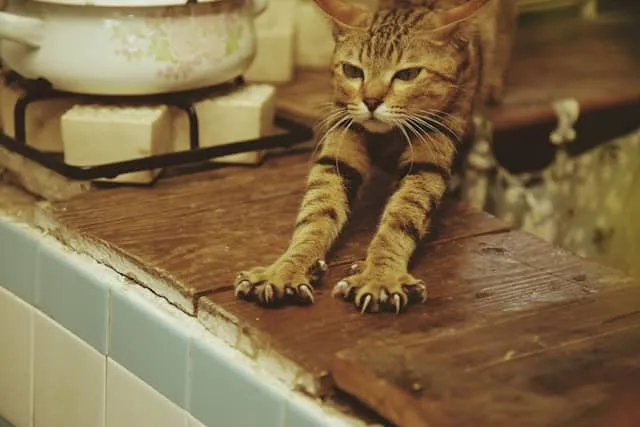
When trimming your cat’s nails, avoid cutting into the “quick” the sensitive pink area inside the nail containing nerves and blood vessels. Cutting too short can cause pain and bleeding, making future nail trims stressful for both of you. Take small snips and trim just the sharp tip.
Using the Wrong Tools
Using brushes or clippers not designed for cats can hurt your pet or be ineffective. Always use grooming tools specifically made for cats, suited to their coat type and size, to ensure comfort and safety.
Best Grooming Tools to Keep on Hand
Having the right tools makes grooming your cat easier and more effective. Different cats need different grooming supplies depending on their fur type and personality.
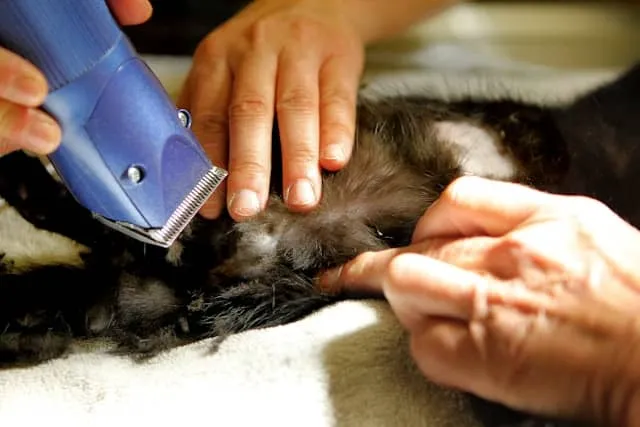
Brushes and Combs for Different Fur Types
- Slicker Brush: Ideal for removing loose hair and preventing mats in medium to long-haired cats. Its fine, short wires help detangle gently.
- Bristle Brush: Great for short-haired cats to remove dirt and distribute natural oils for a shiny coat.
- Wide-Toothed Comb: Perfect for gently working through tangles and mats, especially in long-haired cats.
- Deshedding Tool: Helps reduce shedding by reaching the undercoat without hurting your cat.
Nail Clippers and Other Essentials
- Cat Nail Clippers: Choose a sharp, scissor-style or guillotine-style clipper made specifically for cats for safe and easy trimming.
- Pet Wipes: Useful for cleaning paws, face, and ears between grooming sessions.
- Ear Cleaner: A gentle solution designed for cats to safely clean the ears if needed.
- Grooming Gloves: These make brushing easier, especially for cats who dislike traditional brushes.
Would you like to know about Can Cats Eat Cold Wet Food?
Conclusion
Regular grooming is an essential part of keeping your cat healthy, comfortable, and happy. With the right tools and techniques, grooming can become a positive, bonding experience for both you and your feline friend. Remember to be patient, go at your cat’s pace, and always reward good behavior.
If you’re ever unsure or run into challenges, don’t hesitate to reach out to a professional groomer or your veterinarian for help. Start incorporating these simple tips into your routine today and watch your cat thrive with a clean, shiny coat and plenty of purrs!
FAQs About
What are the grooming needs of a cat?
Cats are generally clean animals and do a lot of self grooming, but they still need some help from their humans to stay healthy and comfortable. Here’s a breakdown of their grooming needs
1. Brushing
2. Bathing
3. Nail Trimming
4. Ear Cleaning
5. Eye Care
How to help your cat with grooming?
Regularly brush your cat to prevent mats, reduce hairballs, and keep their coat shiny. Trim nails, clean eyes and ears gently, and only bathe when needed with cat-safe shampoo. A healthy diet supports skin and coat health, and treats make grooming a positive experience.
What are the benefits of grooming a cat?
Grooming a cat offers many benefits for both their health and comfort. Regular brushing helps prevent mats and tangles, reduces hairballs by removing loose fur, and stimulates natural oils that keep the coat shiny and healthy. It also improves hygiene by keeping the eyes, ears, and paws clean, while giving you the chance to spot early signs of fleas, skin issues, or injuries. Beyond the physical benefits, grooming strengthens the bond between you and your cat, making them feel cared for and secure.


